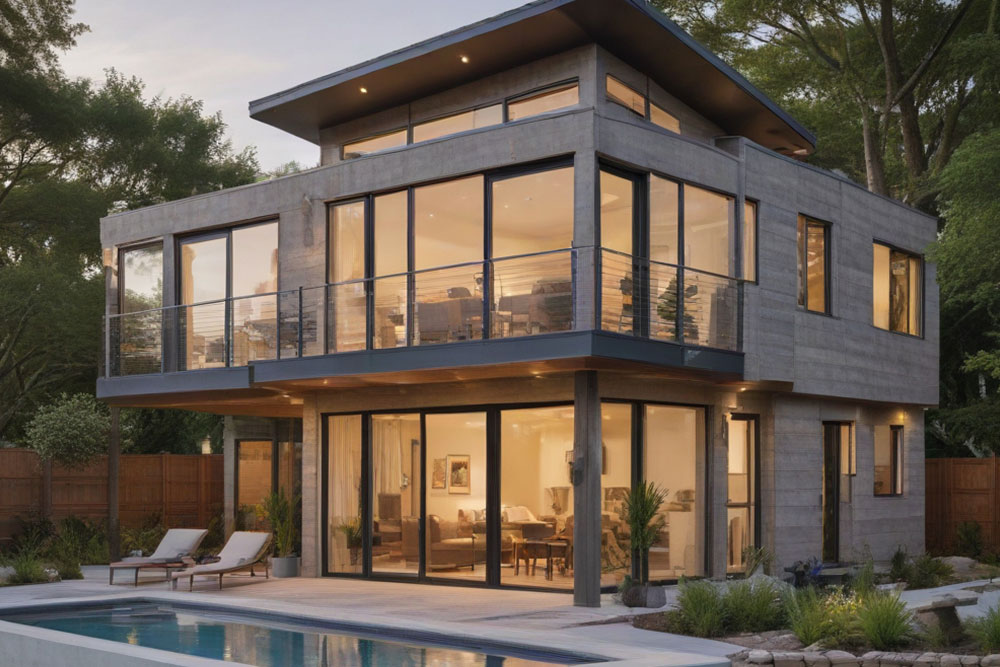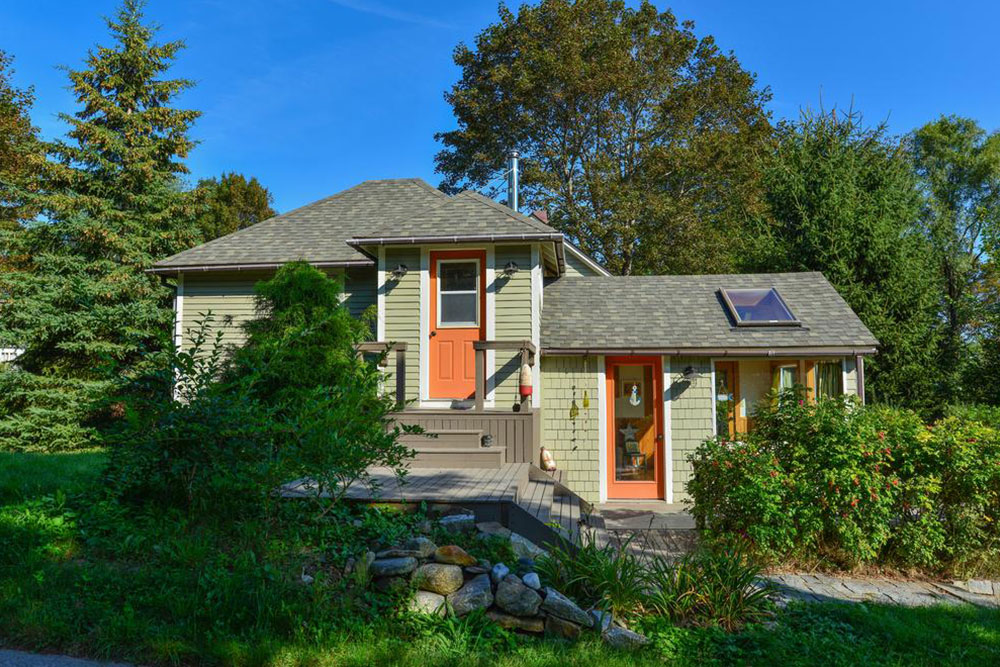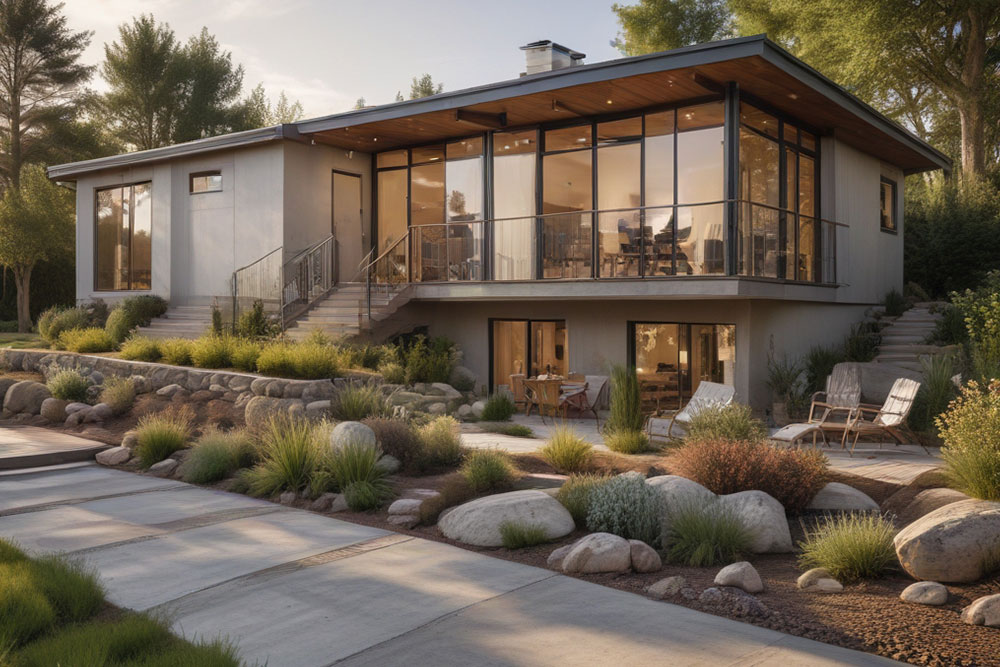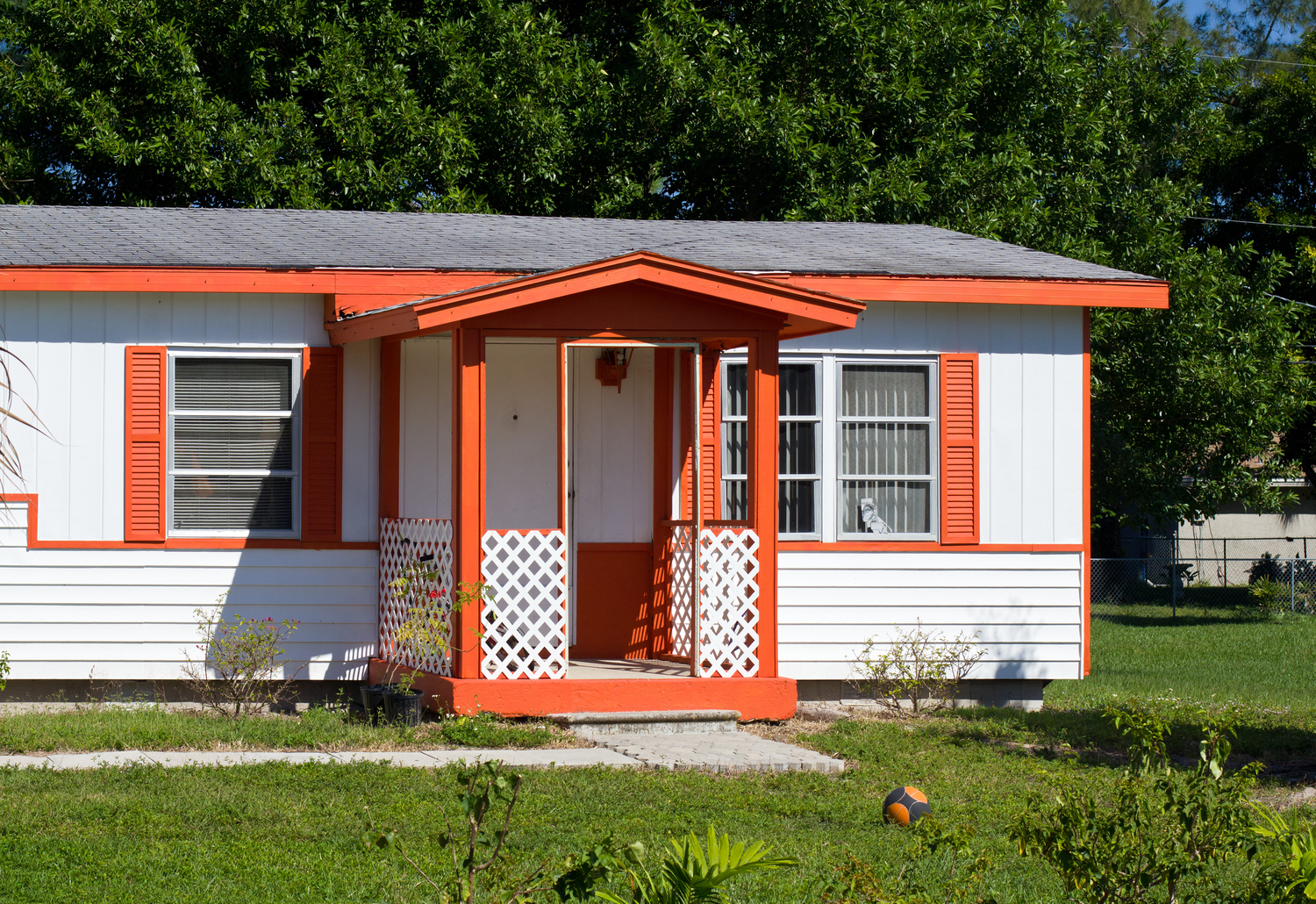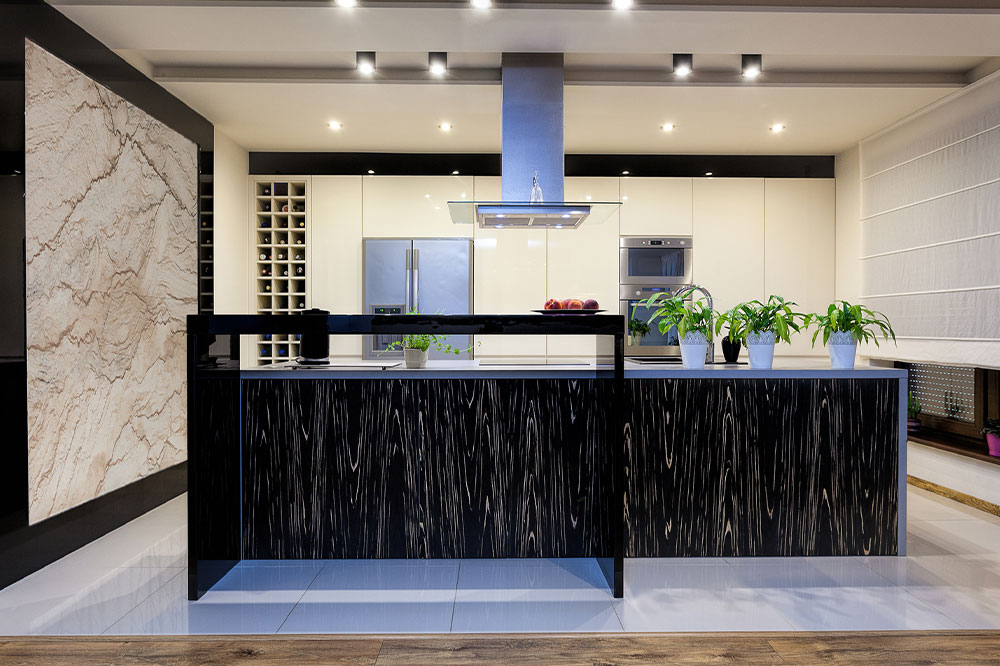UK Wooden Home Market: Price Insights and Key Factors
Discover the essentials of building a wooden home in the UK, including cost factors, different types, and long-term maintenance. This guide offers practical insights into budget planning and sustainable choices for wooden houses, highlighting regional variations and design options. Whether considering prefab, custom, or eco-friendly models, homeowners can make informed decisions to enjoy durable, beautiful, and energy-efficient living spaces.
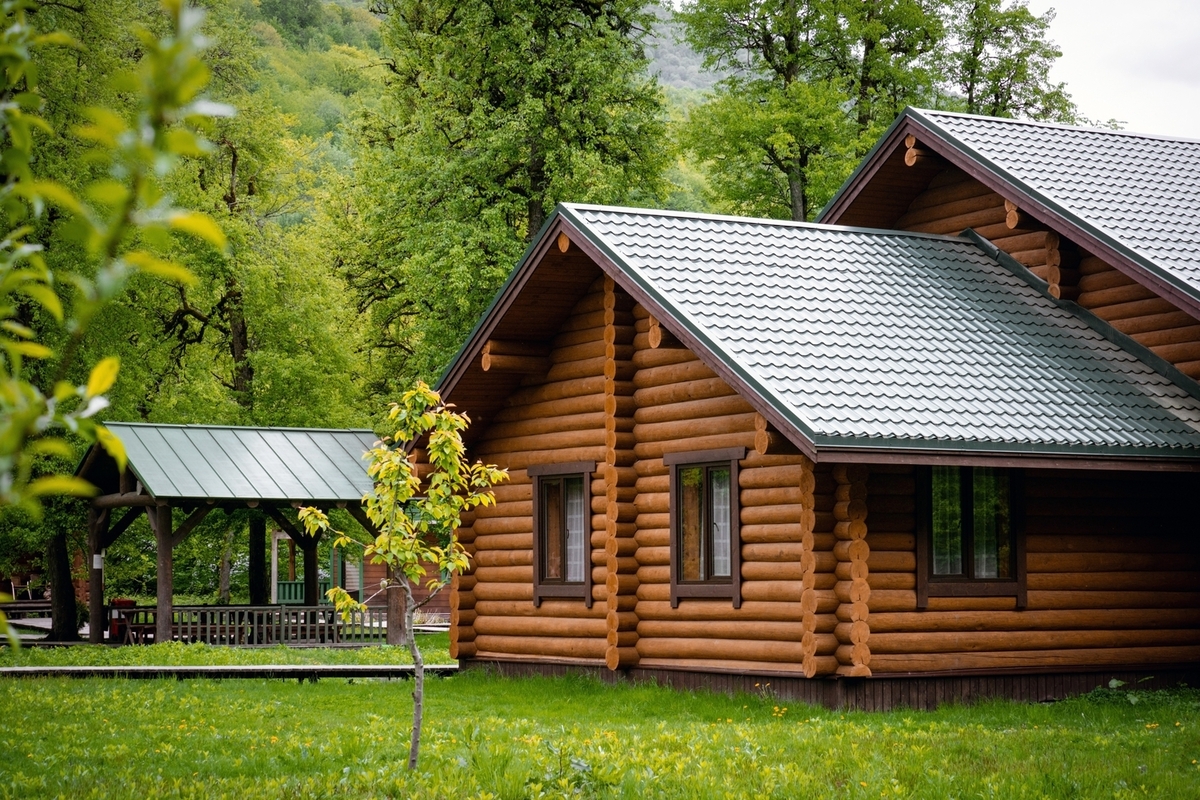
UK Wooden Home Market: Price Insights and Key Factors
Constructing a new home is one of life's most significant investments. In the UK, wooden houses are increasingly popular due to their attractive design, sustainability, and energy-saving features. Like all building types, their costs depend on various elements including size, materials, location, and craftsmanship. This article provides an in-depth look at the expenses involved in building and maintaining wood-based homes across the UK, from initial construction to ongoing upkeep.
Introduction to Wooden Homes in the UK
Wooden, or timber-frame, houses have historically been a common housing choice worldwide. Recently, the UK has seen a revival of these eco-friendly and aesthetically appealing structures, designed with advanced construction techniques to ensure durability and visual appeal.
Though typically more affordable than brick or stone constructions, the cost of wooden homes varies based on structural choices, location, and features. Understanding these factors helps in planning and budgeting for your project.
Primary Factors Influencing Wooden House Costs in the UK
Below are key influences on the final price of a wooden house:
House Size
The total area directly impacts costs—larger homes require more materials and labor, increasing overall expenditure. Smaller timber houses (around 800-1000 sq ft) tend to be less expensive than larger, multi-storey designs.
Type of Timber
The choice of wood—such as softwood, hardwood, or engineered options—affects pricing. Softwoods like pine are more budget-friendly, while hardwoods like oak or maple provide greater durability and style, often costing more. Sustainable and reclaimed woods might also influence the price but offer environmental benefits.
Construction Approach
Pre-manufactured modular homes are often less costly than bespoke designs. Factory-built modules reduce on-site labor and construction time, whereas custom-built timber homes involve more design and skilled labor, resulting in higher expenses.
Location of the Build
Building costs differ across regions. Urban centers such as London or Manchester tend to be more expensive due to land prices, regulation, and labor costs. Rural areas may offer cheaper land, but transportation and logistics could add to overall expenses.
Design Complexity and Features
Modern, open-plan homes with premium fixtures, large windows, or eco-technologies like solar panels and heat pumps can significantly raise costs compared to simpler, traditional layouts.
Labour Charges
The cost of skilled tradespeople varies regionally and is a major part of total expenses. Professionals such as carpenters, electricians, and plumbers are essential for quality construction and regulatory compliance.
Typical Price Range for Wooden Homes in the UK
Prices fluctuate based on size, style, and location. Here are some average estimates for different wooden home types:
| Home Type | Cost per Sq Ft | Price for a 1,000 Sq Ft Home |
|---|---|---|
| Prefab Timber Home | £80 – £150 | £80,000 – £150,000 |
| Custom Timber House | £150 – £300 | £150,000 – £300,000 |
| Log Cabin | £100 – £200 | £100,000 – £200,000 |
| Sustainable Wooden Home | £250 – £400 | £250,000 – £400,000 |
Prefab Timber Homes
These factory-produced homes are an affordable choice, with costs between £80 and £150 per square foot. A typical 1,000 sq ft prefab costs roughly £80,000 to £150,000.
Custom Wooden Homes
Offering tailored designs, these homes cost more, at £150 to £300 per square foot. A 1,000 sq ft custom home ranges from £150,000 to £300,000.
Log Cabins
Popular for leisure or eco-friendly living, log cabins are cheaper, at £100 to £200 per sq ft, with total prices between £100,000 and £200,000 for a 1,000 sq ft structure.
Sustainable Wooden Residences
Made with eco-conscious materials, these homes cost £250 to £400 per sq ft but offer long-term energy savings and reduced environmental impact.
Long-Term Considerations
While wooden houses often have lower initial costs, ongoing maintenance like treatments against pests or rot is necessary. Proper upkeep ensures durability, with many homes lasting decades if maintained well.
In the UK, building a wooden house combines visual charm, sustainability, and affordability. Careful planning enables homeowners to enjoy eco-friendly living while managing costs effectively.
Warning:
The information shared on this site is for general guidance and does not replace professional advice. Variations or inaccuracies may occur, and readers should verify details independently. The site is not responsible for any discrepancies or missed opportunities related to schemes or offers.

